Diabetes-friendly grains might sound like a boring topic, but trust me, they’re anything but! If you’re looking to shake up your meals while keeping your blood sugar in check, you’re in the right place. These grains aren’t just good for you—they’re delicious, versatile, and can totally revamp your diet. Ready to meet your new favorite foods?
Table of Contents
Best Diabetes-Friendly Grains
1. Quinoa: The Protein Powerhouse
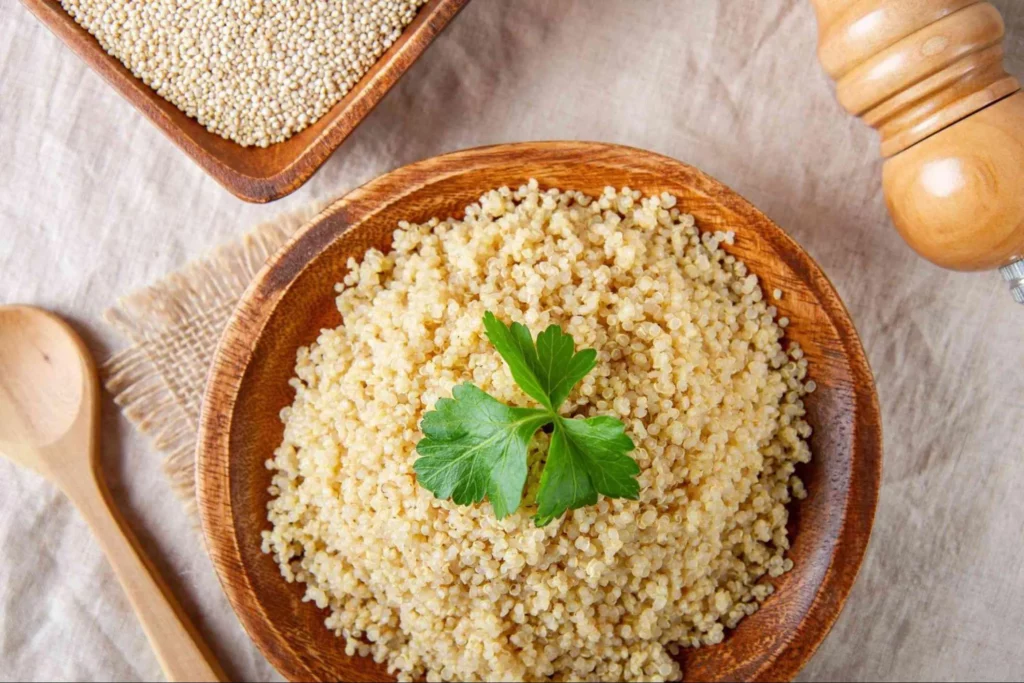
Quinoa isn’t just a grain; it’s a superfood in disguise. With all nine essential amino acids, it’s like a complete protein buffet for your body. Plus, it’s got a low glycemic index, meaning it won’t spike your blood sugar. Toss it in a salad, mix it with veggies, or enjoy it as a main dish. Your taste buds—and your blood sugar—will thank you!
Here’s a tip: Try making a quinoa salad with chopped cucumbers, tomatoes, red onion, and a squeeze of lemon. It’s refreshing, nutritious, and perfect for any meal.
2. Brown Rice: The Classic Choice With a Twist
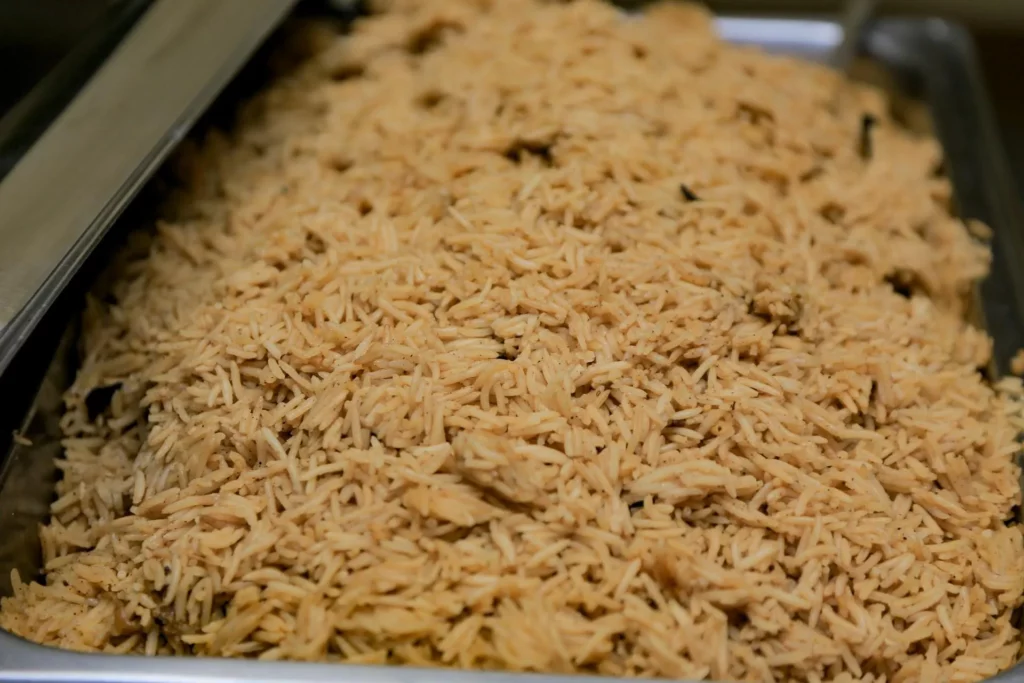
Forget the white rice and give brown rice a try! It’s got more fiber and nutrients, which means it helps with blood sugar control. Swap it for your usual rice, and you’ll get a hearty, satisfying meal that supports steady glucose levels. Try it with a stir-fry or in a comforting rice bowl. It’s a simple swap with big benefits!
Pro tip: Cook a big batch of brown rice at the beginning of the week and use it in different dishes. It’s a time-saver and keeps you on track with healthy eating.
3. Oats: Breakfast’s Best Friend
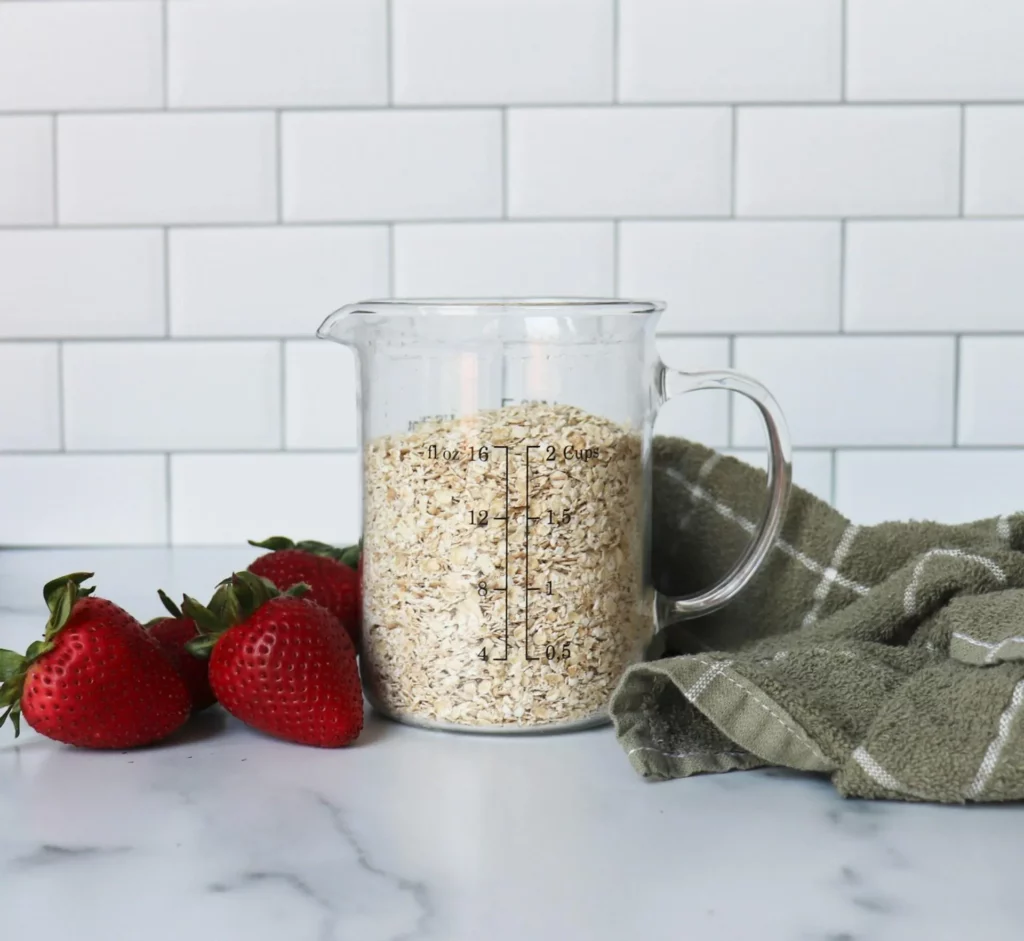
Oats are more than just a warm bowl of breakfast. They’re a fantastic source of soluble fiber, which helps manage blood sugar levels. Go for steel-cut or old-fashioned oats over instant varieties to get the most benefit. Mix them with berries, a sprinkle of nuts, or a dollop of yogurt, and you’ve got a breakfast that’s both delicious and diabetes-friendly.
Insider secret: Overnight oats are a game-changer. Mix oats with milk or a milk alternative, add your favorite toppings, and let it sit in the fridge overnight. In the morning, you’ve got a ready-to-eat, nutritious breakfast.
4. Barley: The Underdog With Benefits
Barley might not be the first grain that comes to mind, but it’s definitely one to consider. It’s packed with fiber and has a low glycemic index, making it a great choice for controlling blood sugar. Use it in soups, stews, or salads for a chewy texture and a boost of nutrition. It’s an underdog with impressive credentials!
Try this: Make a hearty barley soup with vegetables and lean meat. It’s comforting, filling, and perfect for those cold days when you need something warm and nourishing.
5. Bulgur: Quick, Nutritious, and Delicious
Bulgur is a quick-cooking whole grain that’s perfect for busy days. It’s high in fiber and low on the glycemic index, making it an ideal choice for blood sugar management. It cooks in just minutes, making it a great base for salads or a tasty side dish. Give this ancient grain a modern twist in your meals!
Recipe idea: Tabouli salad is a classic way to enjoy bulgur. Mix cooked bulgur with chopped parsley, mint, tomatoes, cucumber, and a lemon-olive oil dressing. It’s light, refreshing, and bursting with flavor.
6. Buckwheat: The Gluten-Free Gem
Despite its name, buckwheat isn’t actually wheat, so it’s naturally gluten-free. It’s also packed with nutrients and has a low glycemic index. Use buckwheat to make pancakes, in salads, or as a substitute for rice. It’s a grain that’s both versatile and kind to your blood sugar levels.
Fun fact: Buckwheat pancakes are a delicious and nutritious breakfast option. Top them with fresh berries and a drizzle of pure maple syrup for a sweet yet healthy start to your day.
7. Farro: The Ancient Grain with a Nutty Twist
Farro is an ancient grain that’s making a big comeback. It’s loaded with fiber and has a satisfying, nutty flavor. It’s also low on the glycemic index, making it a good choice for stable blood sugar. Try it in soups, salads, or as a hearty side dish. It’s like a blast from the past that’s here to make your meals better!
Cooking tip: Farro is great in grain bowls. Mix it with roasted vegetables, a lean protein, and a simple dressing for a balanced, nutritious meal that’s easy to prepare and even easier to enjoy.
8. Millet: The Tiny Grain with Big Benefits
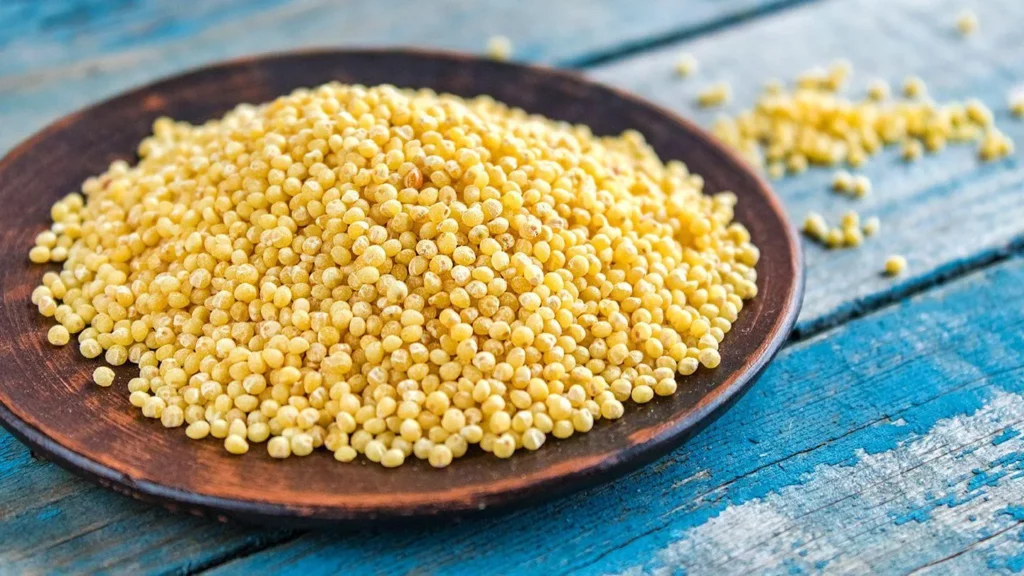
Millet may be small, but it packs a nutritional punch. It’s high in fiber, has a low glycemic index, and is easy to cook. Use it as a base for veggie bowls, in baked goods, or as a side dish. It’s a tiny grain with a big impact on your health and your plate!
Did you know? Millet can be used in baking. Try adding cooked millet to your favorite muffin or bread recipe for added texture and nutrition. It’s a simple way to boost the health benefits of your baked goods.
9. Amaranth: The Protein-Rich Supergrain
Amaranth is a tiny grain with a lot of protein and fiber. It’s also rich in essential nutrients, making it a great choice for a balanced diet. Try it in porridge, as a side dish, or even in baking. It’s a powerhouse of nutrition that’s sure to add some excitement to your meals.
Cooking suggestion: Amaranth porridge is a delicious way to start your day. Cook it with milk or a milk alternative, add a touch of honey, and top with your favorite fruits and nuts. It’s creamy, comforting, and packed with nutrients.
10. Wild Rice: The Nutty, Flavorful Favorite
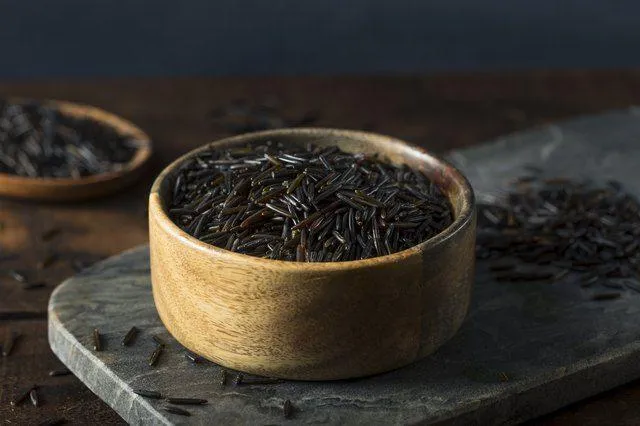
Wild rice isn’t actually rice but a type of grass seed. It’s high in fiber and has a unique, nutty flavor that makes it a standout choice. Use it in salads, as a side dish, or in soups. It’s a delicious way to enjoy a grain that’s both good for your blood sugar and your taste buds.
Serving idea: Wild rice salad is a fantastic dish. Combine cooked wild rice with dried cranberries, chopped nuts, and a tangy vinaigrette. It’s a colorful, flavorful salad that’s perfect for any occasion.
Ready to Revamp Your Meals?
Incorporating these diabetes-friendly grains into your diet can make a world of difference for your blood sugar levels and your taste buds. Whether you’re looking to boost your fiber intake, add some variety to your meals, or just try something new, these grains are a fantastic place to start. Give them a go and watch your meals transform!
By trying out these grains, you’ll not only enjoy delicious and diverse meals but also keep your blood sugar levels in check. It’s all about finding the balance between taste and health, and with these grains, you don’t have to compromise on either. So, what are you waiting for? Head to your kitchen and start experimenting with these diabetes-friendly grains today!
hey there, just found out i got diabetes and doc said i gotta change how i eat. never heard of half these grains lol. starting feels overwhelming. quinoa, bulgur? sounds like stuff astronauts eat. anyone got like, a beginner’s guide to these? something simple, nothing too fancy or hard to make. oh, and Inez Briand, thanks for putting this list together. makes it a bit less scary, i guess.
You need to get out of mcdonalds more often, I guess. Jesus.
Love the sound of quinoa as a protein powerhouse! Been looking for ways to add more healthy options into our meals, and this seems perfect. Gotta admit, not really a master chef here, haha. Anyone tried making quinoa that’s kid-friendly? Tips appreciated!
Hey Tammi, try quinoa with some honey and cinnamon mixed in. It kind of sweetens the deal for the kids. Worked like a charm for mine!
not convinced oats are the best. got any proof they’re better than just eating wheaties?
buckwheat? more like stuck-wheat, am i right? never can cook it right haha
haha, gotta soak it overnight, makes a big difference!
I’ve been trying to incorporate more whole grains into my family’s diet, and this list is a great start! Excited to try bulgur and amaranth. Thanks, Inez Briand for the insights!
hey, does the quinoa really got more protein than other grains? not sure if i read it right lol